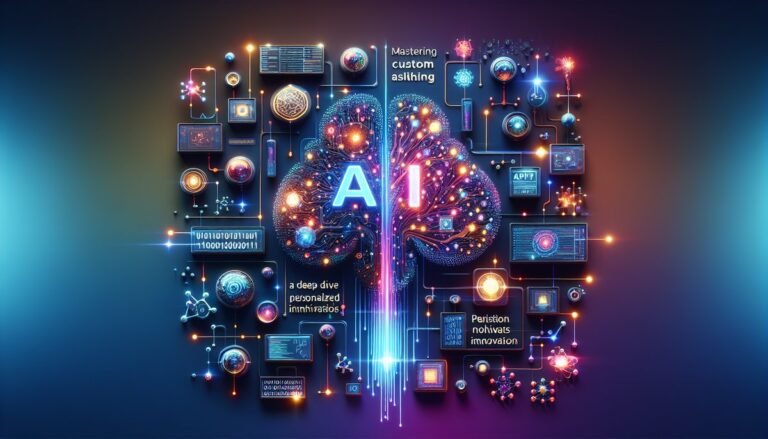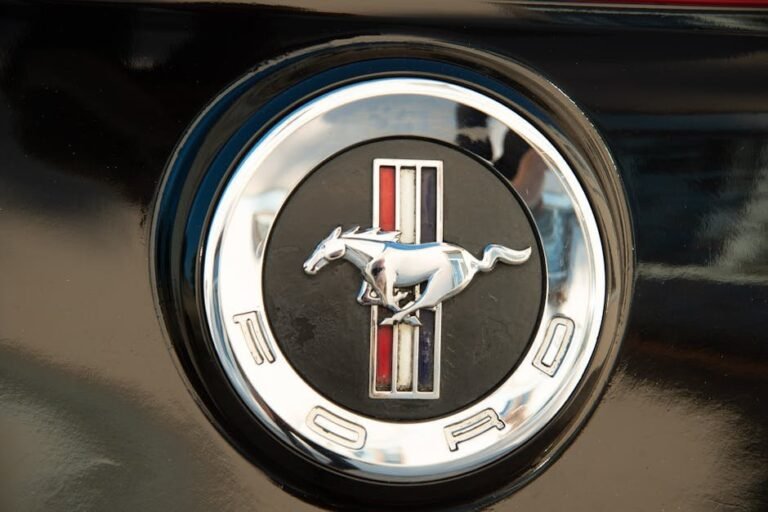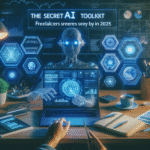🗓️ Published: July 05, 2025
Imagine a world where robots aren’t just mindless machines following pre-programmed instructions, but instead, they’re intelligent, adaptable, and capable of learning directly on the fly. This isn’t a sci-fi fantasy—it’s the reality brought to life by the Google DeepMind optimized AI model, which now runs seamlessly on robots. This breakthrough promises to revolutionize how robots interact with their environments. By embedding intelligence directly within the robots, DeepMind is pushing the boundaries of Artificial Intelligence and robotics, making them smarter and more autonomous than ever before. Ever wondered how close we are to having robots that can think and learn like us? Dive into this fascinating journey of innovation, as we explore how DeepMind’s latest advancements are setting the stage for a future where robots are not just tools, but intelligent partners in our daily lives.
Revolutionizing Robotics: Google DeepMind’s Leap Forward
The recent unveiling of Google DeepMind’s optimized AI model running directly on robots represents a significant leap in the field of robotics. This breakthrough not only enhances the autonomous capabilities of robots but also promises to reshape the landscape of Artificial Intelligence applications. By enabling AI to function seamlessly on physical devices, Google DeepMind is pushing the boundaries of what’s possible in machine learning and robotics integration.
Understanding the Technical Marvel: How It Works
At the heart of this innovation lies a sophisticated AI model that has been meticulously optimized to operate efficiently on robotic hardware. Unlike traditional AI systems, which often rely on cloud-based processing, this model leverages on-device computation to deliver real-time responses. This shift is achieved through advanced algorithms that reduce computational load while maintaining high performance.
Imagine a robotic arm in a manufacturing plant. Traditionally, it would require constant communication with a central server to process instructions. However, with Google DeepMind’s model, the arm can independently interpret and execute complex tasks. This autonomy reduces latency, increases reliability, and enhances the robot’s ability to adapt to dynamic environments.
Practical Applications: Transforming Industries
This development is not just a technical achievement; it has far-reaching implications across various sectors. For instance, in healthcare, robots equipped with this AI can assist in surgeries by making quick, precise decisions without waiting for remote processing. Similarly, in logistics, autonomous vehicles can navigate complex routes with increased efficiency, thanks to their ability to process data on the go.
- Healthcare: Improved precision in robotic-assisted surgeries.
- Manufacturing: Increased efficiency with autonomous assembly lines.
- Logistics: Enhanced route optimization for delivery robots.
These applications highlight the potential of Google DeepMind’s model to revolutionize how industries operate, offering not only improved efficiency but also increased safety and reliability.
Overcoming Challenges: The Path to Optimization
Developing an AI model that can operate directly on robots is no small feat. It requires overcoming significant technical challenges, such as ensuring the model’s efficiency on limited hardware resources and maintaining accuracy during real-time operations. Google DeepMind’s team tackled these hurdles by employing cutting-edge techniques like model compression and advanced neural network architectures.
Consider a hypothetical scenario where a search-and-rescue robot must navigate a collapsed building. The optimized AI model allows the robot to assess its surroundings and make critical decisions swiftly, even in situations where external communication might be compromised. Such capabilities are essential in high-stakes environments where every second counts.
The Future of Robotics: A New Era of Autonomy
Looking ahead, the integration of this optimized AI model into robots is poised to usher in a new era of autonomy. As technology continues to evolve, we can expect robots to play more prominent roles in our daily lives, from personal assistants in homes to emergency responders in disaster zones. This evolution will likely accelerate research and development efforts, driving further innovation in AI and robotics.
Moreover, Google DeepMind’s initiative sets a precedent for other tech giants to follow, fostering a competitive yet collaborative environment that could lead to even more groundbreaking advancements. The potential for these AI-driven robots to learn and adapt independently opens up possibilities that were once confined to the realm of science fiction.
Conclusion: Embracing the Future with Google DeepMind
In conclusion, Google DeepMind’s optimized AI model running directly on robots is a testament to the transformative power of AI. By bridging the gap between theoretical research and practical application, this development is setting the stage for a future where intelligent machines seamlessly integrate into our world. As we embrace these advancements, the possibilities for innovation and improvement across industries are truly limitless.
As we continue to explore this exciting frontier, it’s clear that the journey of robotics is just beginning. With each new breakthrough, we move one step closer to a future that once seemed beyond our reach, driven by the relentless pursuit of progress and the potential of Artificial Intelligence to change the world.
Charting a New Course for Robotics with AI
As we reach the end of our exploration into the realm of Google DeepMind’s optimized AI model, it’s clear that the integration of AI directly onto robots marks a significant leap forward. This advancement doesn’t just streamline operations; it redefines the landscape of robotics and artificial intelligence by making systems more autonomous, responsive, and intelligent. With AI models now running directly on robots, the possibilities seem as infinite as the horizon itself.
Imagine a world where robots can seamlessly adjust to their environment, learning and optimizing their functions in real-time. This is not a distant dream but an emerging reality that challenges the traditional boundaries of technology. It encourages us to look beyond conventional tech approaches and explore uncharted territories where AI and robotics intersect. As we look to the future, the potential applications—from healthcare to manufacturing—are both exciting and transformative.
Ultimately, the journey of AI on robots is just beginning. As more sophisticated models emerge, we can expect a cascade of innovations that not only enhance machine capabilities but also enrich human experiences. So, let’s embrace this technological evolution and consider how we can harness these advancements to forge a better, more connected world.
What is Google DeepMind’s optimized AI model?
Google DeepMind’s optimized AI model is a cutting-edge technology designed to run directly on robots. This model allows for more efficient processing and decision-making, enabling robots to perform complex tasks independently by optimizing their operations in real-time.
How does the AI model directly impact robot performance?
The AI model enhances robot performance by enabling them to process data and make decisions autonomously. This means robots can adapt to changing environments without the need for constant human intervention, resulting in improved efficiency and effectiveness across various applications.
What potential industries could benefit from this AI model?
Industries such as manufacturing, healthcare, logistics, and agriculture stand to gain significantly from this AI model. By incorporating AI directly into robots, these sectors can achieve greater automation, reduce operational costs, and enhance productivity and safety.
Are there any challenges associated with implementing AI models on robots?
While the benefits are substantial, challenges include ensuring data security, managing complex algorithms, and integrating AI with existing systems. Additionally, there is a need for ongoing research to address ethical considerations and ensure the responsible deployment of AI-powered robots.






